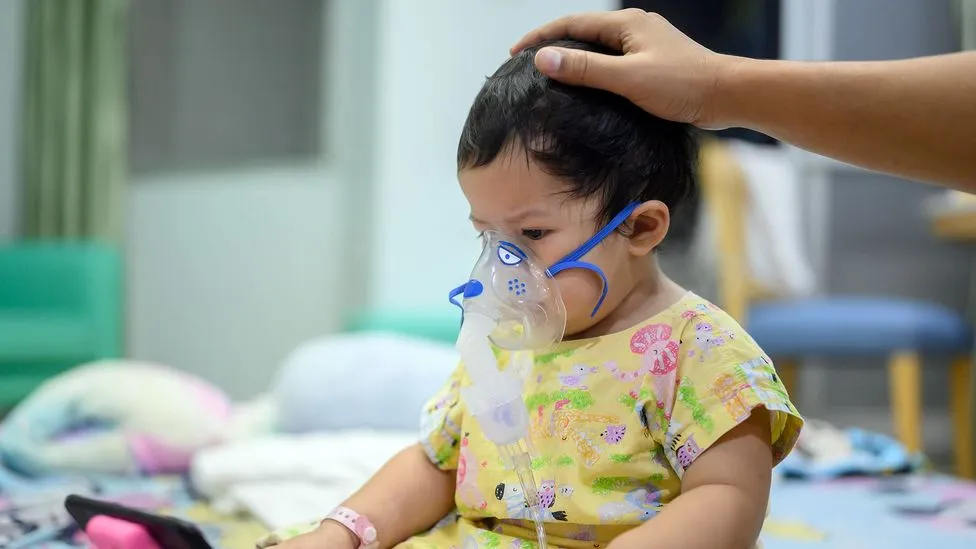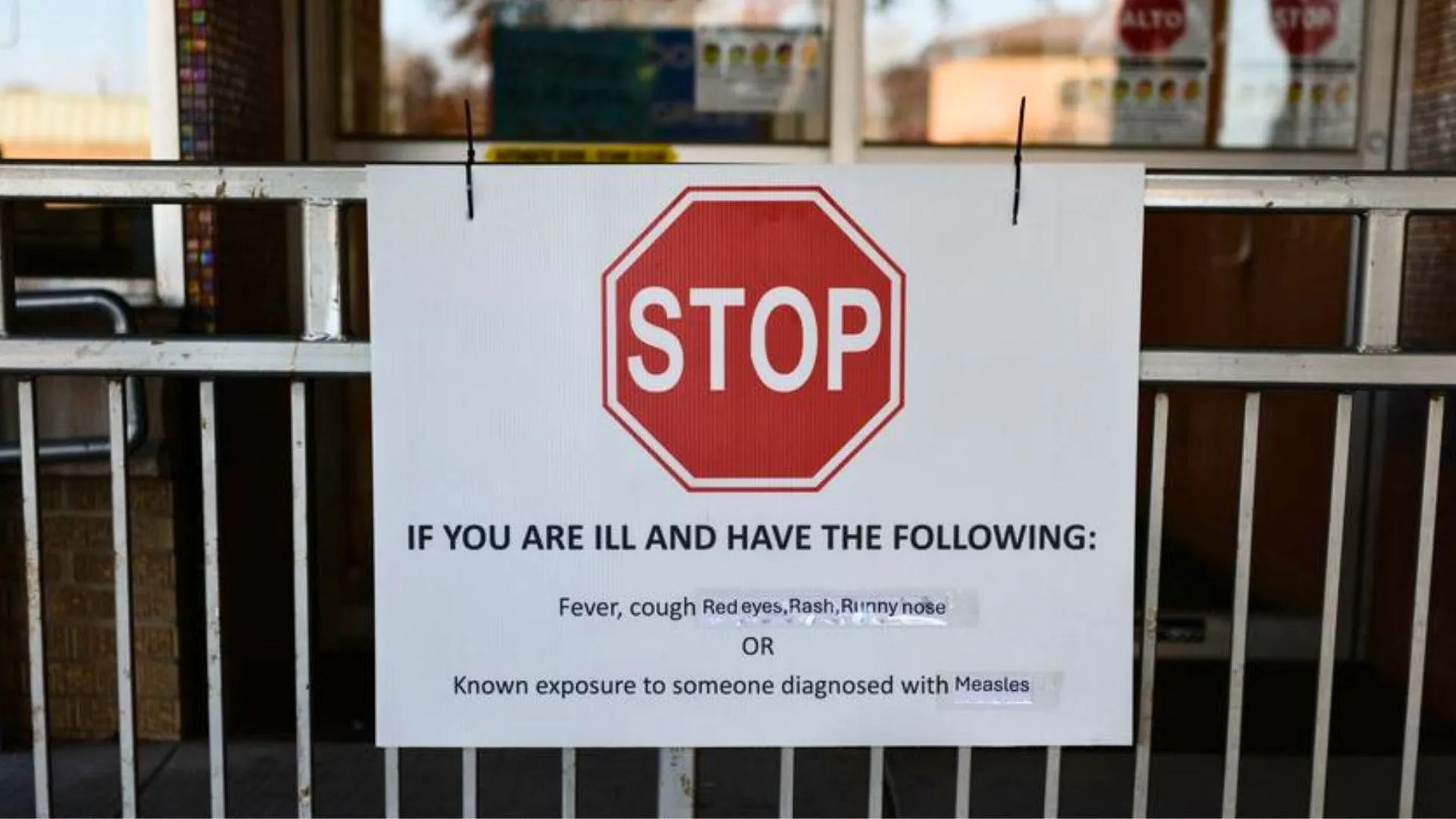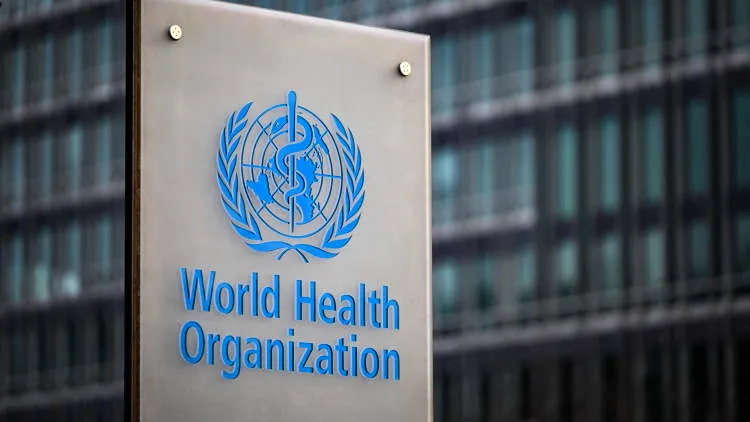Respiratory illnesses are a significant concern for pediatric health worldwide, with many viruses contributing to the distressing symptoms children experience. One such virus, Human Metapneumovirus (HMPV), has emerged as a major cause of respiratory distress, particularly in younger children, infants, and those with compromised immune systems. HMPV shares many similarities with other respiratory viruses, such as Respiratory Syncytial Virus (RSV) and Influenza, and is known to cause a range of mild to severe respiratory symptoms.
In recent years, there has been growing concern about the evolving strains of HMPV, particularly strains A2.2.1 and A2.2.2, which have shown evidence of increased transmission rates and a potential for more severe infections. This article delves into the latest findings about HMPV’s impact on pediatric health, explores the evolving nature of the virus, and offers insights into how these changes could affect the management and prevention of respiratory distress in children.
Understanding Human Metapneumovirus (HMPV)
Human Metapneumovirus (HMPV) is a viral pathogen belonging to the Metapneumovirus genus in the Pneumoviridae family. First identified in 2001, HMPV has since been recognized as one of the leading causes of respiratory infections in children, similar to other common viruses like RSV and the flu. The virus is highly contagious and primarily affects the respiratory system, causing symptoms ranging from mild cold-like signs to severe respiratory distress, particularly in infants, the elderly, and those with underlying health conditions.
The virus is transmitted through respiratory droplets when an infected person coughs or sneezes, or via contaminated surfaces. As with many respiratory viruses, close contact with infected individuals, especially in crowded settings such as daycares and schools, increases the likelihood of transmission.
Symptoms of HMPV Infection
The symptoms of HMPV infection can vary widely depending on the severity of the infection and the age of the affected individual. In many cases, the symptoms are mild and may resemble those of the common cold, including:
- Runny or stuffy nose
- Cough
- Low-grade fever
- Sore throat
- Mild fatigue
However, in more severe cases, particularly among young children and those with weakened immune systems, HMPV can cause more serious respiratory symptoms, such as:
- Wheezing
- Shortness of breath
- Rapid or labored breathing
- Chest tightness
- Pneumonia
- Bronchiolitis (inflammation of the small airways in the lungs)
The severity of the infection can vary based on the child’s age, overall health, and immune system function. Infants under the age of two, premature infants, and children with pre-existing respiratory conditions like asthma or cystic fibrosis are at higher risk for developing severe respiratory complications from HMPV infection.
Impact of HMPV on Pediatric Health
HMPV infections in children have garnered significant attention due to the range of symptoms that can result in severe illness. In particular, HMPV is associated with an increased risk of hospitalization, particularly for infants and young children. Studies show that HMPV is a significant cause of respiratory distress, accounting for a large proportion of admissions to pediatric intensive care units (ICUs) during peak seasons.
Respiratory distress resulting from HMPV can have long-term consequences for children, especially those with underlying conditions. Chronic lung disease, prolonged wheezing, and increased susceptibility to future respiratory infections can persist after an acute HMPV infection, placing a strain on both the child’s health and the healthcare system.
The Emergence of New Strains: A2.2.1 and A2.2.2
One of the most concerning aspects of HMPV is its ability to evolve and develop new strains over time. New research has highlighted the rise of strains A2.2.1 and A2.2.2, which are demonstrating the virus’s increasing genetic diversity. These emerging strains have raised alarms due to their potential for increased transmissibility and severity.
Strains A2.2.1 and A2.2.2 are part of the larger A2 clade, a genetically distinct group of HMPV variants that has been circulating in recent years. Genetic analysis shows that these new strains exhibit mutations in key areas of the virus’s genome, which may influence how the virus interacts with the host’s immune system, leading to higher rates of infection and possibly more severe illness.
Why Are These Strains Concerning?
The mutations seen in strains A2.2.1 and A2.2.2 could make the virus more adept at evading the body’s immune response, making it more difficult for the immune system to mount an effective defense. This raises concerns about how these new strains may impact the effectiveness of existing vaccines, treatments, and public health measures. Additionally, these new strains could lead to a higher incidence of severe disease, particularly among vulnerable populations such as children and the elderly.
Increased Transmission Rates
One of the primary concerns with these new strains is their potential to spread more easily than previous versions of HMPV. Increased transmission could result in higher case numbers, which in turn could place more pressure on healthcare systems already grappling with other respiratory viruses like RSV and influenza. The emergence of new strains often signals that the virus is adapting to better infect and spread among the population.
Evasion of Immunity
Another major concern is the potential for these strains to evade immunity from previous infections or vaccinations. This is particularly important for children who have previously been exposed to HMPV, as their immune system may not recognize the new strains as effectively. This phenomenon is common among respiratory viruses, which tend to evolve rapidly, leading to the emergence of new variants that can bypass previous immune protections.
Current Measures to Address HMPV and Emerging Strains
Given the rising concerns over the evolving strains of HMPV, several measures are being taken to mitigate the impact of the virus, particularly in pediatric populations.
- Surveillance and Monitoring: Ongoing genetic surveillance is critical to track the emergence and spread of new strains, such as A2.2.1 and A2.2.2. Researchers and healthcare professionals are working together to monitor the genetic makeup of HMPV strains circulating in the population, providing valuable insights into how the virus is evolving and which populations are most at risk.
- Prevention and Hygiene: As with other respiratory viruses, the spread of HMPV can be minimized by practicing good hygiene. Handwashing, avoiding close contact with sick individuals, and disinfecting frequently touched surfaces can help reduce the risk of transmission. In addition, avoiding large crowds and public spaces, especially during peak infection seasons, can also help curb the spread of HMPV.
- Vaccines and Treatments: Although there is currently no specific vaccine for HMPV, researchers are actively working on developing one. Vaccine candidates are being tested to address the various strains of HMPV, including the newer, more concerning strains like A2.2.1 and A2.2.2. In the meantime, supportive treatments are being used to manage symptoms of HMPV infections, such as fever, cough, and difficulty breathing.
- Hospital and ICU Preparedness: Hospitals are preparing for potential surges in pediatric respiratory distress due to HMPV and other viruses. Intensive care units (ICUs) are on high alert, with a focus on providing respiratory support for children suffering from severe infections. Mechanisms to expedite testing and ensure timely treatment are also critical in managing cases effectively.
The Evolving Threat of HMPV
HMPV has proven to be a significant cause of respiratory illness, particularly among children. The emergence of new strains, such as A2.2.1 and A2.2.2, highlights the evolving nature of the virus and its potential to pose an even greater threat to public health. As the virus continues to evolve, healthcare professionals must stay vigilant in tracking new strains and adapting treatment and prevention strategies to mitigate the impact of HMPV infections.
For parents, caregivers, and healthcare providers, understanding the symptoms, transmission methods, and potential risks of HMPV is key to managing this threat. While more research is needed to fully understand the long-term implications of these new strains, the focus remains on early detection, prevention, and the development of effective vaccines and treatments.
With careful monitoring, improved hygiene practices, and ongoing research, we can work towards minimizing the impact of HMPV and its evolving strains on children and vulnerable populations worldwide.























